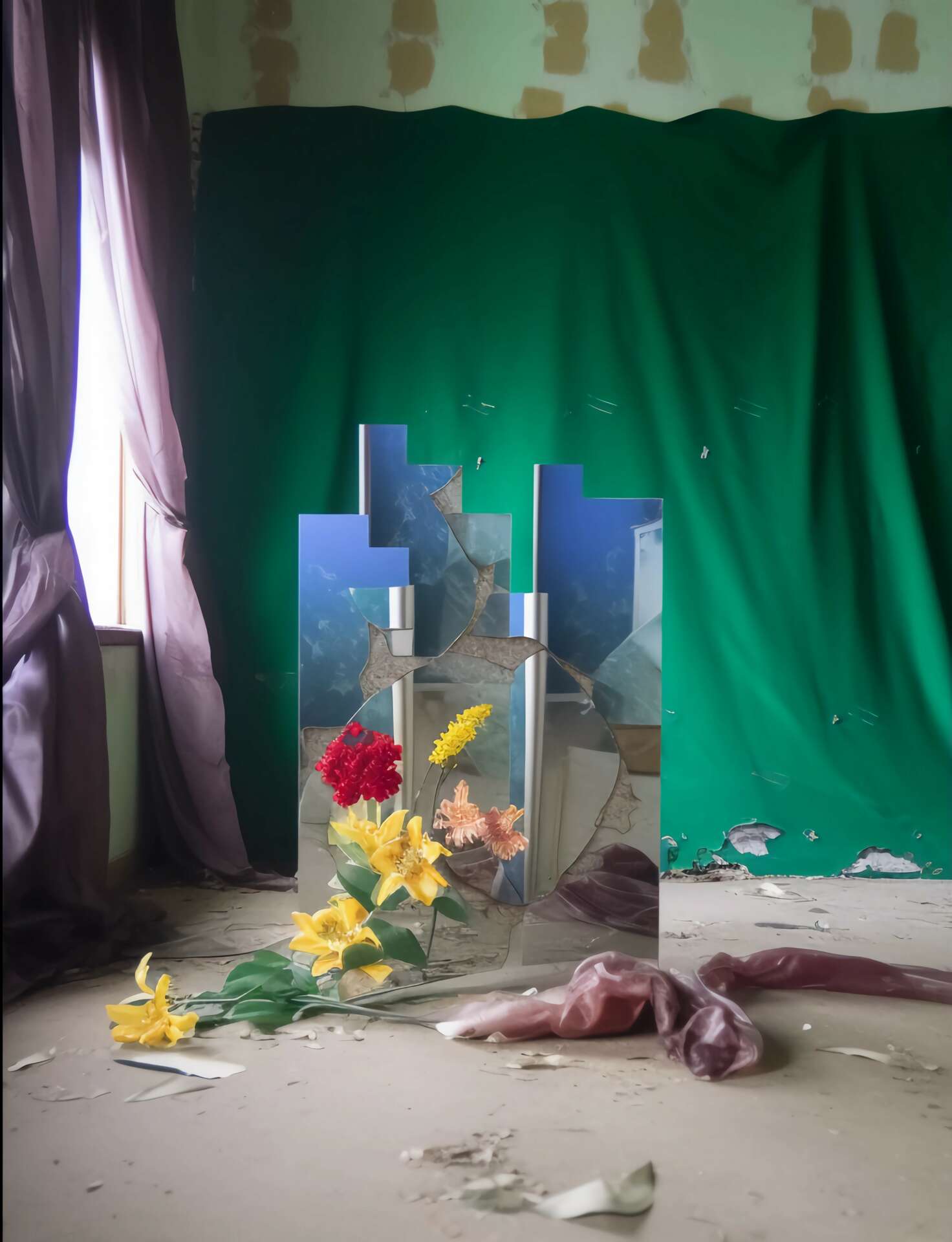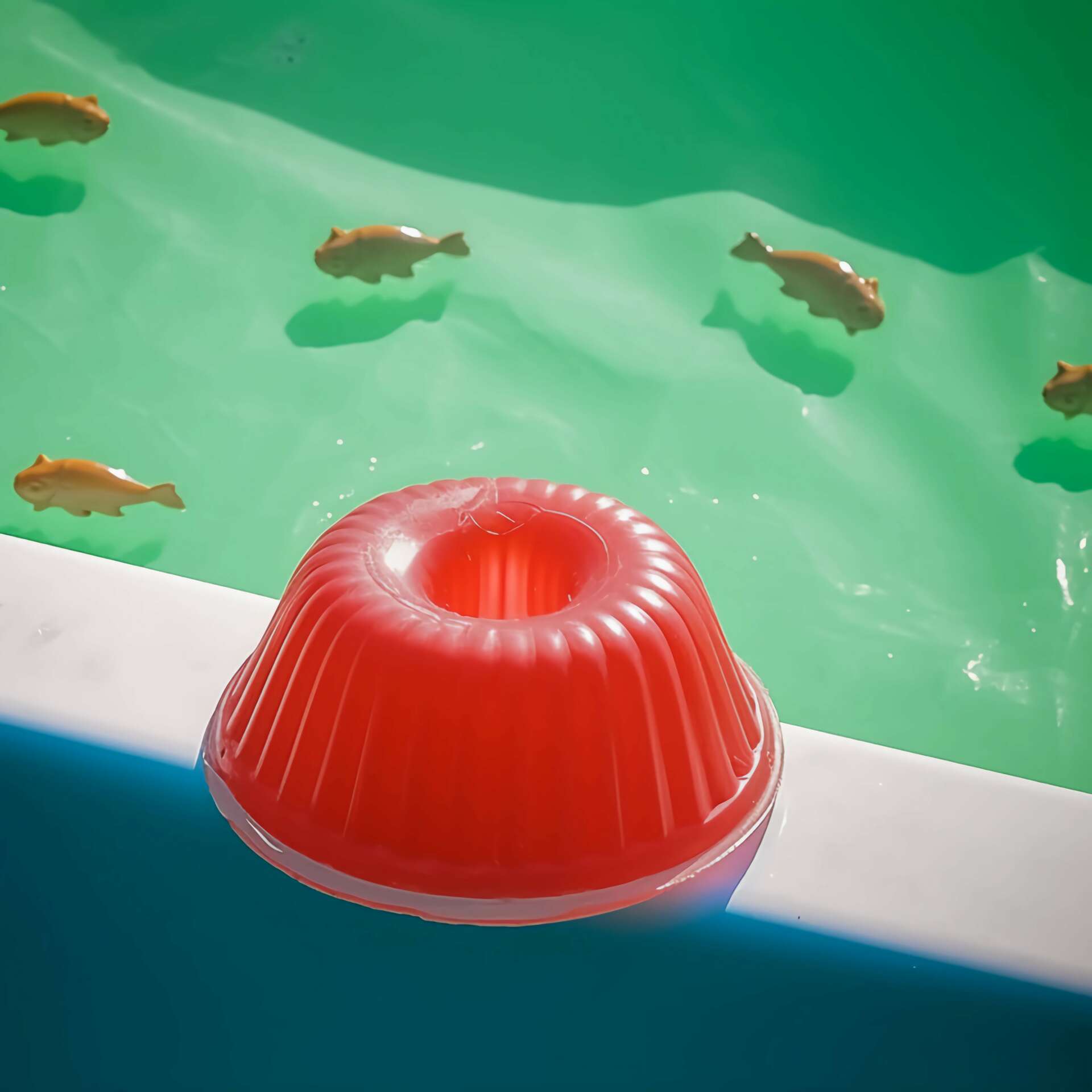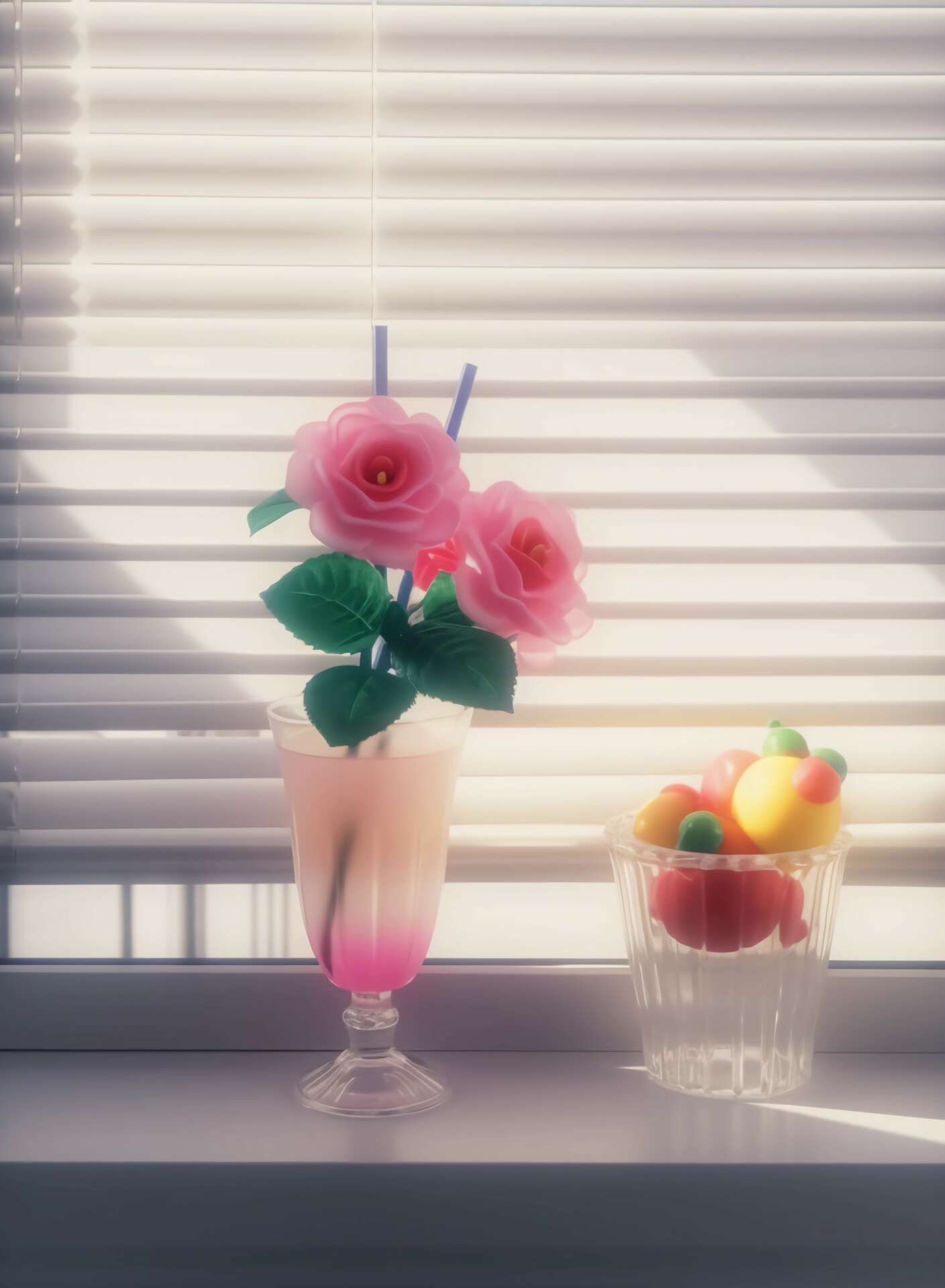We caught up with the brilliant and insightful Peishan Huang a few weeks ago and have shared our conversation below.
Alright, Peishan thanks for taking the time to share your stories and insights with us today. We’d love to hear about a project that you’ve worked on that’s meant a lot to you.
One of the most personally meaningful projects for me is called New Bai Words, a project about the language of my ethnic group.
The Bai people are an ethnic minority living in Yunnan Province in southwest China. We have our own language but the writing has long since disappeared. In this project, I designed a writing system that converts spoken words into phonetic characters. Then I invited 51 Bai language speakers to participate in my project. I asked people to choose a word or phrase they liked and taught them how to use my language system to convert the spoken word into written text. After that, I wrote the words that I collected one by one on a piece of white cotton cloth using dye from tie-dye, a traditional Bai technique. After each writing, I throw the cloth into the washing machine, wash it and dry it. Then I retrace previous words and write the next new one. I repeated this process until all the words were superimposed on the cloth after being hand-dye and washed by a modern machine over and over again.
This project is an exploration and experiment about my minority identity, my upbringing, and the living conditions of minorities today. Although I think it has quite a few disadvantages, having done this work itself makes me feel that I am doing something meaningful and right.


Peishan, before we move on to more of these sorts of questions, can you take some time to bring our readers up to speed on you and what you do?
My name is Peishan Huang, I was born in 1994 in Dali, Yunnan, China. Now I’m a multidisciplinary artist living and working between Brooklyn, NY and Dali. I hold an MFA in Multidisciplinary Fine Art from the Maryland Institute College of Art (2022) and a BA in Advertising from the Communication University of China (2018). My works have been exhibited internationally, including M+B Gallery in Los Angeles, CA, Chambers Fine Art in New York, Latitude Gallery in New York, Inna Art Space in New York, Three Shadows Photography Art Center in Beijing, China, Times Art Museum in Chengdu, China, Advertising Museum of China in Beijing, Museum 54 in Shanghai, MP Birla Millennium Art Gallery in London.
My artistic practice spans multiple mediums including photography, moving images, sculpture, and installation. My works delve into the interplay between physical and emotional landscapes, exploring the emotional resonance of objects and spaces. I’m particularly interested in the language of materials, patterns, natural rhythm, artificial objects, structure, pain, fountain, and surrealism. And my aesthetic vision is expressed through a masterful use of colors, textures, and poetic emotions, and the narratives she creates through them. Over the past two years, I have explored the multiple relationships between urban systems and nature and people through the “Artificial Nature” series and its spinoff sub-series. My work also focuses on ethnic minority groups living in Yunnan Province, China, and highlights the contemporary experiences of minority groups living in the urban landscape.


Have you ever had to pivot?
Upon graduating, my pursuit of a better career led me to relocate to New York. Throughout my year-long stay in the city, I dedicated myself tirelessly to my creative ventures. Just as I was finding my footing and glimpsing a promising career path, an unexpected phone call from home disrupted my life. My mom told me that my father’s illness had landed him in the hospital, and my mother found herself overwhelmed by the responsibility of caring for both my ailing grandparents and my father who couldn’t get out of bed. Without a moment’s hesitation, I hastily packed my belongings and made my way back to my hometown. The abrupt departure didn’t afford me the chance to bid farewell to my life in New York, forcing me to give up certain things.
My hometown, Dali, graced with picturesque landscapes, is a small city in Southwest China renowned for its tourism. However, for creators at the beginning of their careers, the harsh scarcity of resources and opportunities posed a very tangible challenge. Furthermore, as I assumed the role of caregiver for my father in the hospital, my creative endeavors were constrained to reading and basic tasks. While my family is very important to me, the abrupt shift from a liberating creative environment to a confining one bred anxiety and discomfort.
Recognizing that I couldn’t forsake my creative pursuits, I adjusted my work style and medium to adapt to my circumstances. Learning to wield various creative tools on the computer, I found a way to meld my responsibilities as a caregiver with my passion for creation. To this day, I am situated in a rehabilitation hospital, offering support to my father while also weaving my creative work into the routine. Although the future remains uncertain, the lesson is clear: the pursuit of knowledge and creativity must never waver.


In your view, what can society to do to best support artists, creatives and a thriving creative ecosystem?
Nowadays there are a lot of organizations and programs that support artists and creatives. Still, I think for an entire art ecosystem, we need a more robust system because the power of individuals is relatively limited.
To begin with, while government and organizations do offer financial aid and creative spaces for artists, a substantial portion of this support tends to be short-lived. The evolution of a thriving art ecosystem necessitates enduring and consistent backing. Long-term stability in support is imperative to sustain the positive trajectory of the creative landscape, requiring unwavering commitment and sustained endeavors.
Moreover, the establishment of a robust copyright and intellectual property protection mechanism is paramount. Such a framework safeguards artists’ works legally and serves as a catalyst for creators to explore innovative realms fearlessly and generate fresh creations. Ensuring creators’ intellectual property rights are respected fosters an environment where artistic ingenuity flourishes.
At the same time, I think society needs to be more aware of the value and importance of artistic creation, encourage public participation in artistic creation, and enhance social understanding and recognition of the creative ecosystem.


Contact Info:
- Website: huang-peishan.com
- Instagram: _peishan_huang_
Image Credits
personal photo: Wenkai Wang


